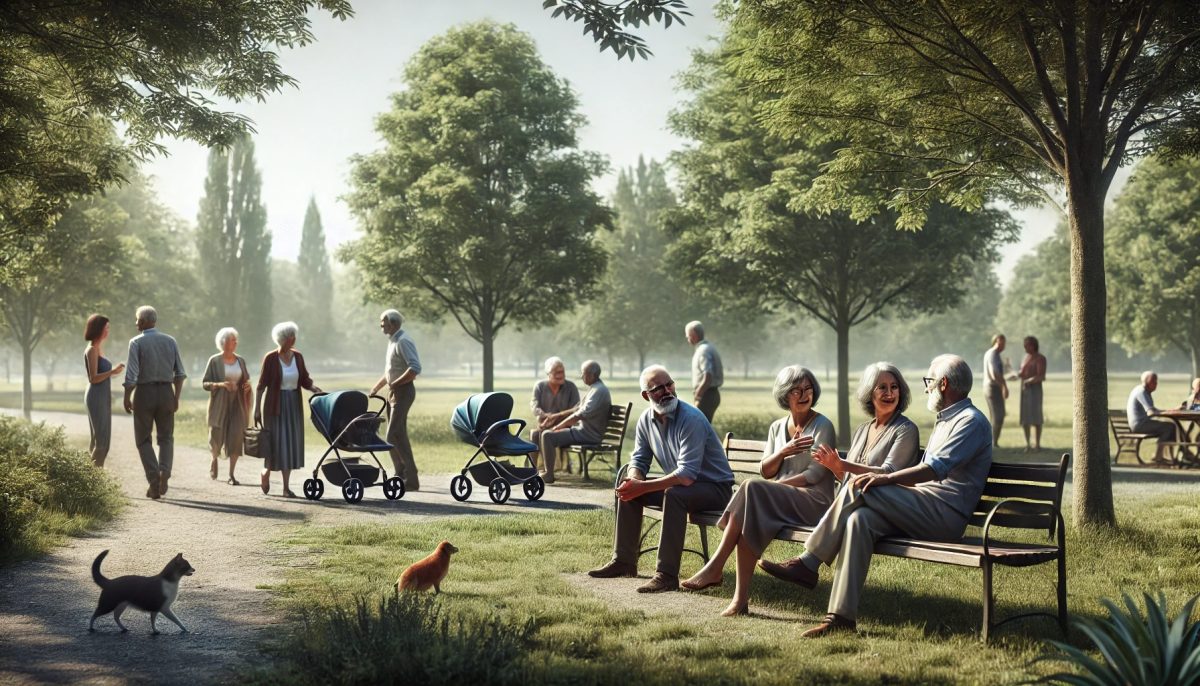The Guardian ran a piece this week, headlining the latest births and deaths data from the Office of National Statistics (Deaths outstrip births in UK for first time in nearly 50 years | UK news | The Guardian), in which they explain: “There were an estimated 16,300 fewer births than deaths in the UK in the year to mid-2023, the first time this has happened since the 1970s’ ‘baby bust’, if excess deaths during Covid are stripped out.”
We have known since the late 1970s that consumption driven by the size of the population was bringing about man-made climate change. What are the consequences of this piece of news? Is this good or bad news?
The news that deaths in the UK have outstripped births for the first time in nearly 50 years, excluding the pandemic, certainly has significant implications, both positive and negative, depending on the perspective taken.
Good News from a Climate Perspective
From the standpoint of addressing climate change, this demographic shift could be seen as beneficial. For decades, research has indicated that population growth, alongside high consumption, contributes to environmental degradation and accelerates climate change. A declining or stabilising population, therefore, may help reduce the strain on natural resources and lower carbon emissions, at least in the long term. Fewer people could mean less demand for energy, food, housing, and transportation, all of which contribute to greenhouse gas emissions. Although immigration is currently compensating for the natural population decline in the UK, a stabilising global population is often cited as one factor necessary for long-term environmental sustainability.
Economic and Social Challenges
On the flip side, a falling birth rate poses a number of economic and social challenges. A shrinking or ageing population can lead to a shrinking workforce, putting strain on public services, particularly healthcare and pensions. As the population ages, the demand for social care will rise, while there will be fewer young people to support the elderly through taxes and caregiving. Rural areas, in particular, may face more acute issues, with ageing populations and dwindling public resources.
Policymakers will need to balance these challenges by considering immigration, which is currently bolstering the population. Immigration can address shortfalls in the workforce and sustain economic growth, but it may also create political and social tensions, especially in countries where migration is a contested issue.
Potential Rebound in Births
The data suggests that the decline in fertility might not be permanent. Advances in reproductive technologies, such as IVF, and changes in family planning—where people are increasingly having children later—may lead to a rebound in birth rates. If younger generations start to have children in their 30s and 40s, the long-term population decline could be mitigated. However, this is speculative and depends on both technological advances and broader socio-economic conditions.
To sum up, while the natural population decline might offer some relief from the pressures of overconsumption and climate change, it also presents serious socio-economic challenges. The ageing population will require increased investment in healthcare and social care, and without sufficient immigration or a rebound in birth rates, economic growth could stagnate.

